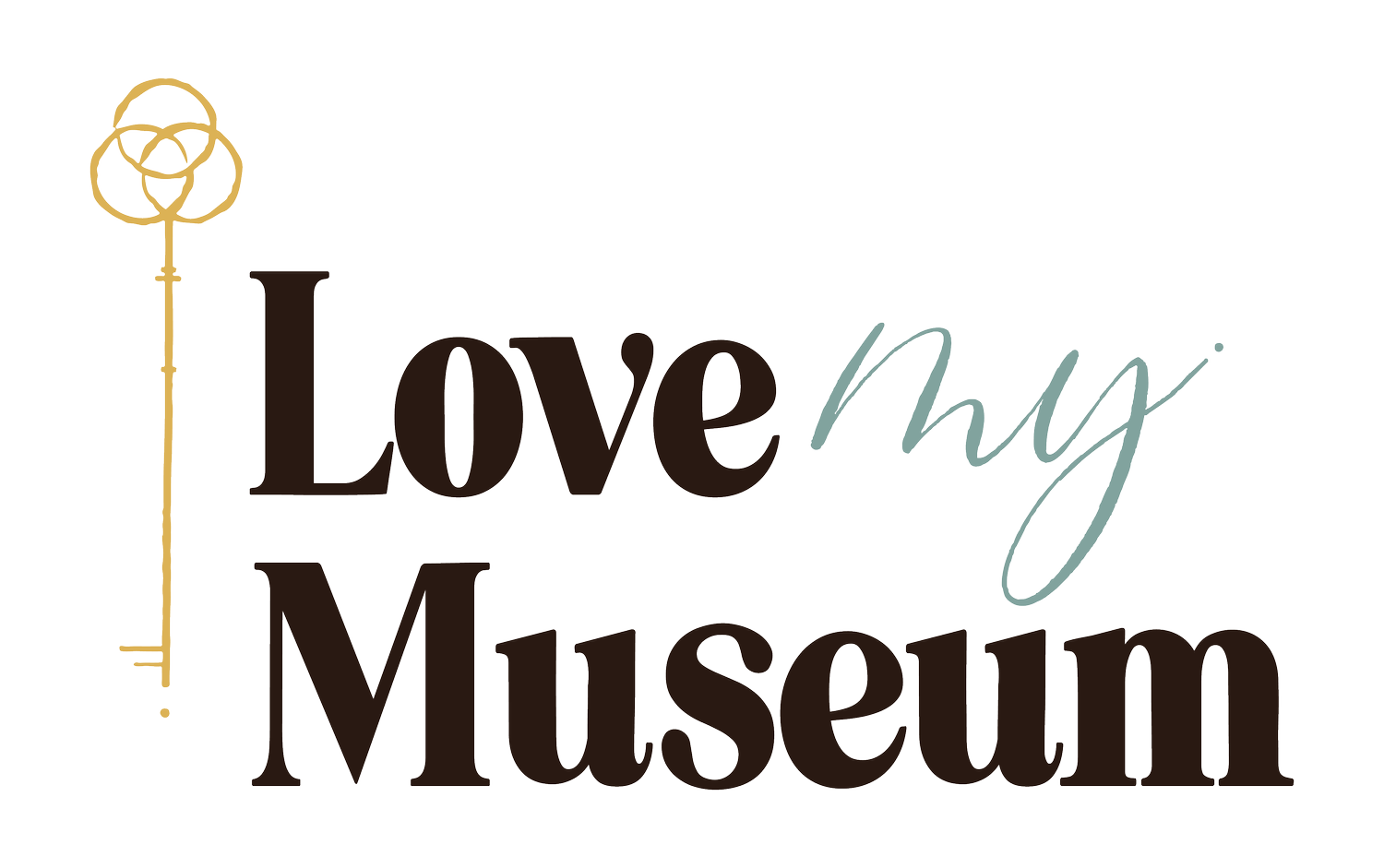10 Things for the “Plan Your Visit” website page
Every museum website should have an easy to find “Plan Your Visit” page. On your homepage there should be multiple buttons that take visitors to this page. This sounds like a no-brainer but you wouldn’t believe how many websites do not have this information easily accessible for people coming to your page to plan their first visit to your museum. You don't want to frustrate visitors before they even get to your museum. So, for those visitors that are trying to plan things, make it easy for them.
These five things are a must on your “plan your visit” website page:
Directions and Transportation: Provide clear directions to your museum (a map is a great idea), including public transportation options and parking information.
Accessibility Information: Make sure to include information about accessibility for visitors with disabilities.
Admission Information: Let visitors know how much it costs to visit your museum, if reservations are required and if there are any discounts available.
Rules, Regulations and Tips for a Comfortable Visit: Is food allowed? How about selfie sticks? Strollers? Do you accept cash or only credit for admission? Is there a coat check? Lockers?
Hours of Operation: Make sure to include your museum's hours of operation, including any special hours for holidays or events.
Once you're sure all of this information is easy to find, you can also add these 5 more planning tips for those that are more detailed planners.
Exhibits and Collections: What are your “must sees?” This will be different than the special or temporary exhibits that you may be talking about on your home page. Think about these as the “signature” things that you think all visitors must experience.
Additional Tickets: Additional tickets that they might want to purchase ahead of time for extra things like movies, special exhibitions or other experiences.
Café and Gift Shop Information: Provide information about your museum's café and gift shop, including hours of operation and any special offerings. If you don’t have a dining facility, let visitors know if there are locations nearby.
Membership Information: Let visitors know about membership options that might save them money on their visit if they invest ahead of time.
Contact Information: Make sure to include contact information for your museum, including phone number, email address, and physical address.
But wait there’s more…
Bonus Tip: Ask if they want to sign up for your email list here too!
Want more communications tips for your museum? Join my email list.
